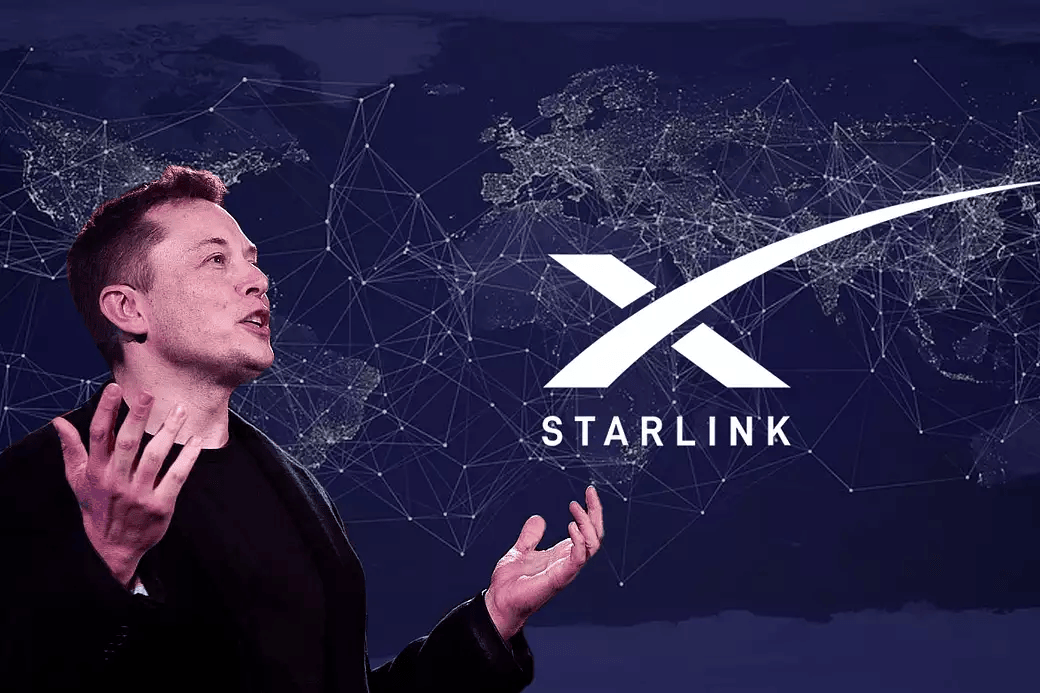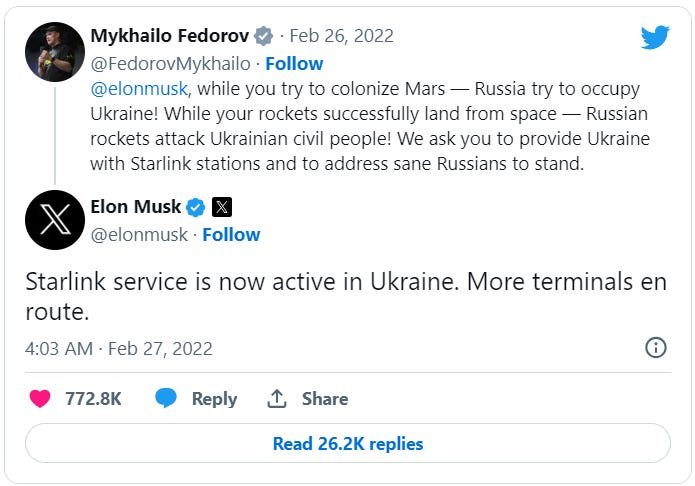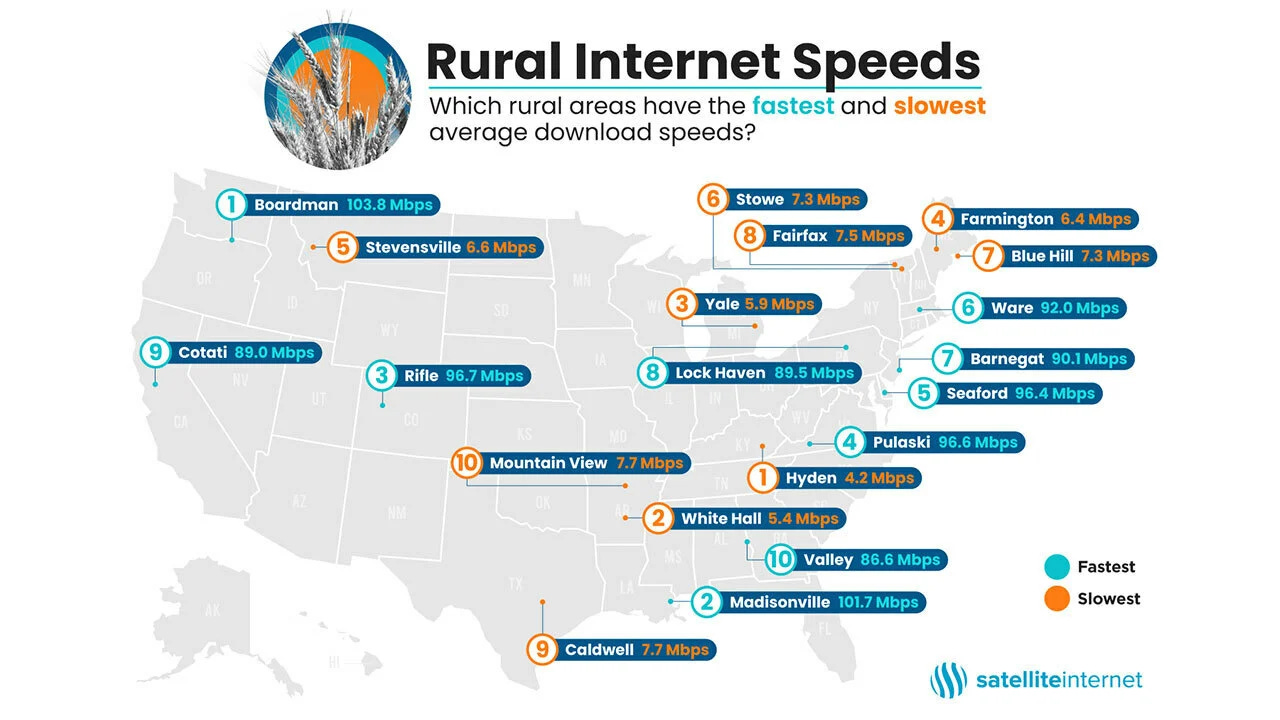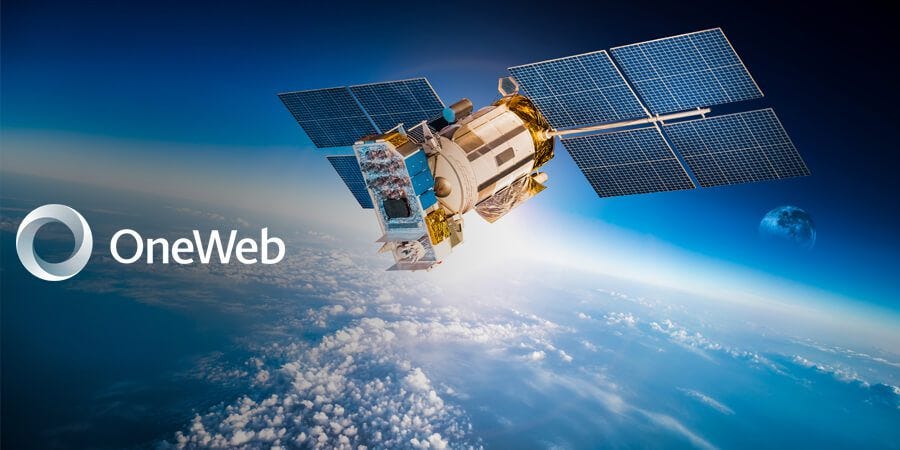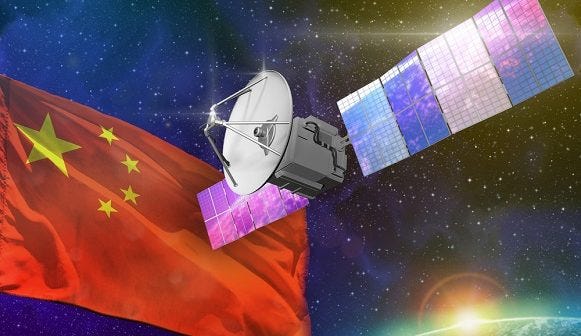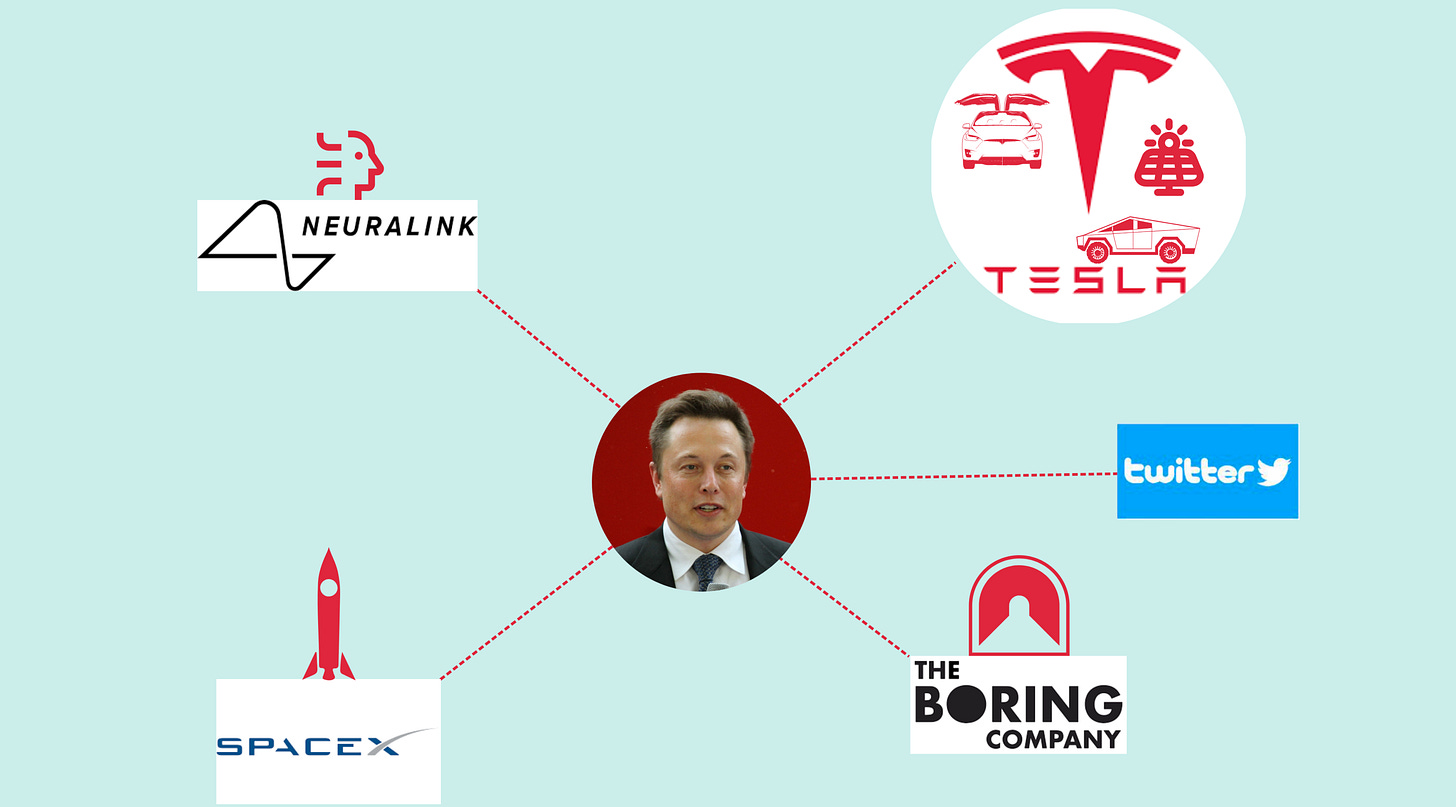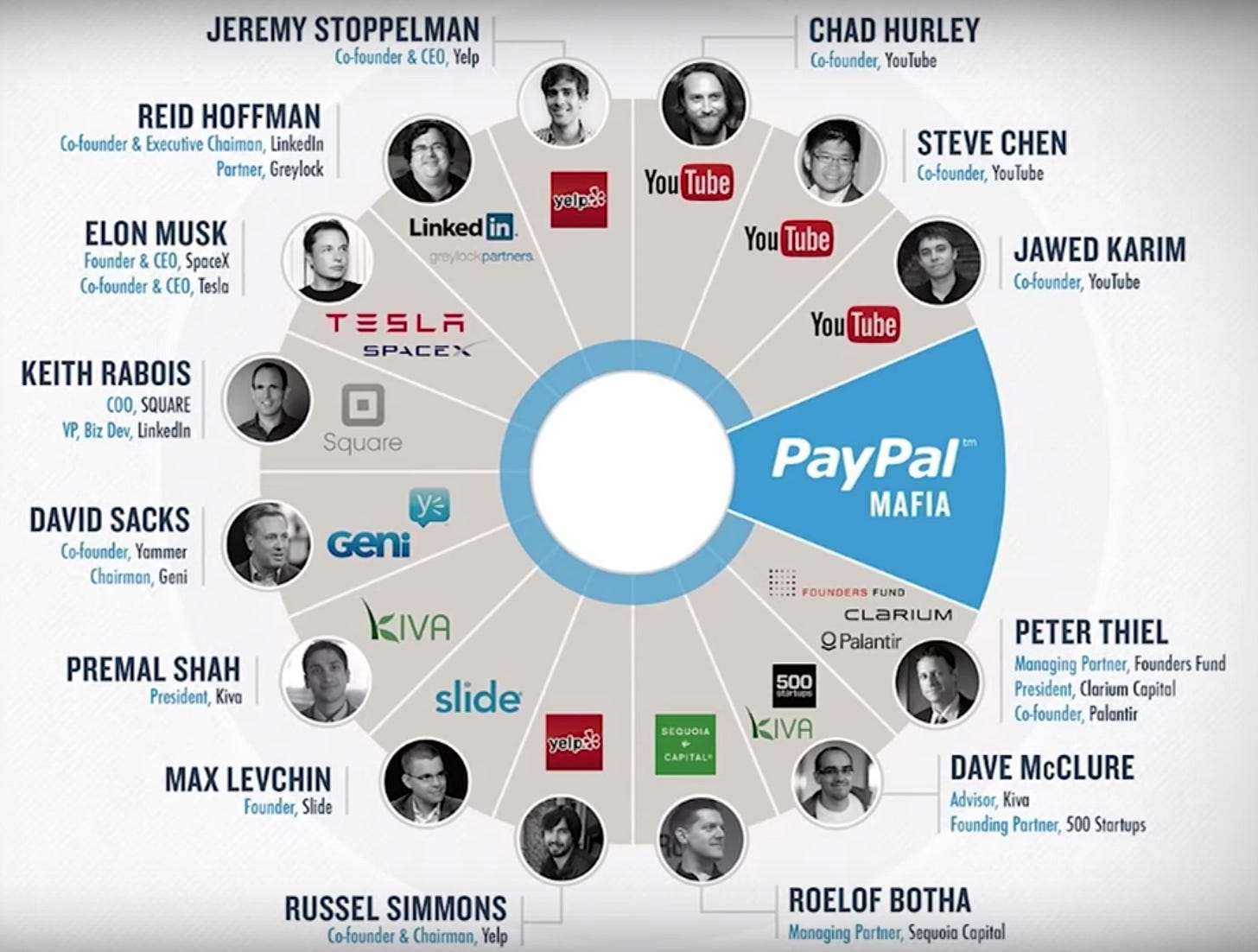Starlink - From the House of Elon Musk
Starlink is a subsidiary of Elon Musk's SpaceX, the company promises to launch thousands of satellites into low earth orbit (LEO) to provide cheap reliable internet to the entire world.
Editor’s Note: Thank you to 43 new people who decided to subscribe to our newsletter, including execs from Goldman Sachs, Salesforce, and Databricks. Term Sheet Digest is a weekly newsletter for the Attack Capital community. If you are in the mood to read about private company stocks that are heating up in the secondary market and the biggest news around Silicon Valley, you are in the right place.
Starlink is a satellite network developed by Elon Musk’s private spaceflight company SpaceX to provide low-cost internet to remote locations.
Starlink uses a constellation of small satellites in low Earth orbit to create a network that beams internet signals down to Earth. Users on the ground have a satellite dish receiver that communicates with these satellites to access the internet.
Currently in just United States, more than 40 Million people are not covered by the traditional internet service provider, and even when internet is available, the speed and network is only enough to browse a single webpage at a time.
Starlink is not only focusing on remote regions of the US, but the entire globe, the company already started expanding in Europe, and already have verbal commitments from the governements of SEA, EMEA and other parts of the world.
Starlink, Ukraine, and Elon Musk
Since 24th February 2022, Ukraine has been fighting unlawful aggression from Russia. The Russian army, in the first two days of the invasions, destroyed the communication lines, and the Ukrainians, both civilians and the army, were slowly losing telephone and internet coverage and finding it hard to communicate with each other.
Mykhailo Fedorov, Ukraine’s Deputy Prime Minister for Innovation, Education, Science, and Technology Development, found a way to solve this problem by tweeting at Elon Musk and asking if he could start his Starlink services in Ukraine.
Elon Musk, in very Elon Musk fashion, replied in less than 12 hours with some good news for Ukrainians. Starlink services were now active in Ukraine, and in less than two days, most of the hardware (modem, router, etc.) needed for Starlink services was also making rounds in most of the regions of Ukraine.
Gywnne Shotwell, the President and COO of SpaceX, while recalling this incident in her talk with the California Institute of Technology, gave us another interesting glimpse into how this ordeal took place. Turns out the SpaceX team was already working with the Ukrainian government for two or three months before this incident took place, trying to launch Starlink services in Ukraine. But, due to the government being preoccupied with other things - threats from Russia - they never got the necessary permission to launch the services.
But, when Deputy Prime Minister for Innovation, Education, Science, and Technology Development tweets publicly at you asking to start your services, you don’t need ten other signatures to launch their services - so they did.
Starlink - Expanding the Internet
Starlink is a low earth orbit satellite constellation that provides high-speed, low-latency broadband internet access in the US and across the globe. Starlink satellites orbit approximately 342 miles (550 kilometers) above Earth and can be seen through the naked eye, depending on the weather. Currently, in the US, more than 40 Million people do not have access to the proper internet, and Million who managed to find access suffer from the low connection quality and terrible speed.
There have been instances during the pandemic where some students would gather around their local McDonald’s just to find a good internet connection to attend their regular classes online.
If you go around the globe, you will find similar instances of people not being able to find a good internet connection or no internet connection due to low network penetration of cellular networks. Fiber optics cables are also limited to cities and heavily populated regions, apart from these areas, it is not economically feasible for these companies to build these networks.
A satellite internet connection is very limited and usually prevalent in developed nations, and even if they choose to expand, it is too expensive for most people to afford the connection continuously.
In May 2022, SpaceX told the US government that it had more than 400,000 global subscribers, CNBC reported -- up from 250,000 subscribers in March. As of May 2023, Starlink consists of over 4,000 mass-produced small satellites. In total, nearly 12,000 satellites are planned to be deployed, with a possible later extension to 42,000. The base price of $110 per month and the company’s most recent subscriber numbers suggest annual service revenue of more than $500 million a year.
The government has also taken note of growing internet inequality and built programs to solve the issues, but they are still inefficient. Over the past five years alone, the federal government has provided over $22 billion to support the expansion of rural broadband, yet ~6%-12% of Americans still do not have access to a quality broadband network. Simultaneously, the government has relied on outdated programs and ISPs, to do the job they seem not to be able to do.
Currently, every American’s wired and wireless phone bill contains an ever-increasing 21.2% monthly fee of interstate and international call charges that are supposed to support the expansion of broadband to all. Revenues from those charges, however, are declining as the Internet replaces the need for traditional telephone services. The result forces the fee onto an ever-upward trajectory. It is a classic example of why a program designed to solve problems in the telephone era needs to be replaced to solve problems in the internet era. To make matters worse, federal funds go towards providing 25mbps connections, far below the standards most Americans have of at least 100mbps down, and these dollars go towards whoever can provide the minimal need at the lowest price.
Starlink - Competition
Other than traditional fiber optic, cellular internet providers, and higher orbit satellite-based services (much more expensive and provide less efficient transmission), Starlink’s main competitor in the low earth orbit industry is OneWeb. The firm completed its 648-satellite-strong constellation back in March 2023.
Meanwhile, the constellation is roaming Earth in a distance of 1,200 kilometers (745 miles) versus Starlink’s 550 kilometers (340 miles). As a result, latency for OneWeb’s internet is slightly higher (since the signals satellites emit have to travel further). High latency means low speed. It utilizes that constellation to offer a variety of different services largely aimed at B2B customers. More precisely, it competes with Starlink in small business, maritime, government, and aviation industries.
Unfortunately, the road to commercialization hasn’t always been smooth. After raising almost $3 billion in funding, OneWeb had to file for bankruptcy in early 2020.
Soon after, the UK government, where OneWeb is headquartered, and Indian conglomerate Bharti Global each invested $500 million into the firm to become its joint majority owners. Two years later, OneWeb merged with France’s Eutelsat in a transaction that valued the former at $3.4 billion.
Amazon also announced their Kuiper System, which will follow the same playbook of launching low earth orbit satellites as Starlink and OneWeb. Kuiper System didn’t launch a single satellite yet.
China's military-industrial complex is also set to start building its first constellation of very low earth orbit satellites later this year, the latest Chinese bid to catch up with U.S.-based Starlink.
State-owned spacecraft and missile manufacturer China Aerospace Science and Industry Corp (CASIC) will launch the first low-earth orbit satellites of a planned constellation in September this year.
While low earth usually refers to any altitude less than 1000 km (620 miles), the plan envisaged by CASIC will be made up of satellites operating at a "very low" altitude of 150-300km from the ground.
Starlink - Competitive Advantage
When it comes to making satellite - technology and operation cost is there - but building a satellite plus launching them into space is the biggest costs that companies have to incur. Each Starlink satellite weighs approximately 573 lbs. (260 kilograms), and the number is similar for other companies as well.
Starlink for SpaceX is a vertically integrated business; first, the manufacturing cost can be dealt with by negotiating the cost of raw materials together with SpaceX’s rockets or by using some of the materials from their rockets. Second, the cost of the launch can be managed by launching these satellites together with some customer payload in their rockets. The two biggest cost gets subsidized while other companies have to foot this bill together with their technology and operational costs, which becomes very, very expensive when we compare the revenue coming from these projects.
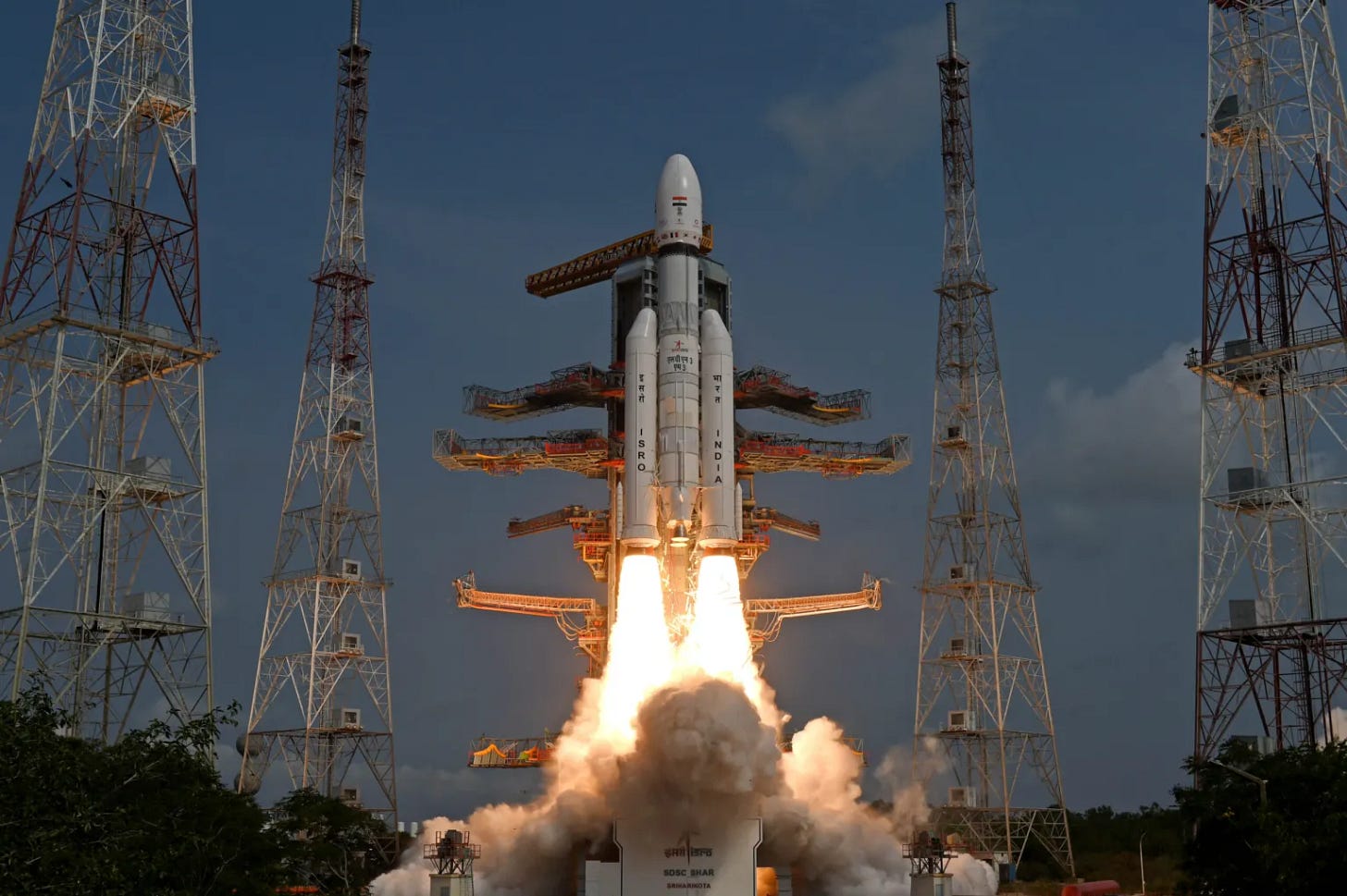
For OneWeb, their investor Bharti’s network provided them access to some of the Indian Space Research Organisations’ rockets, through which they are able to negotiate better prices to launch their satellites. In March 2023, ISROs Launch Vehicle Mark-3 successfully launched 36 of OneWeb’s satellites. OneWeb also sought out Russia to launch some of their satellites through their Soyuz rockets, but that plan was scrapped after Russia’s Ukraine invasion. Interestingly SpaceX is also in the mix to launch OneWeb’s remaining satellite.
Elon Musk - House of Brands
Elon Musk is not a popular figure right now. But you can’t deny he is a proven unpredictable genius. You can not separate the company from its founder like you can’t separate art from its artists, so we have to talk about Elon Musk and his other ventures. Starlink is a subsidiary of SpaceX, which could very well spin off into its own company. The IPO, which was previously thought to be in 2025, could move to the end of this year. With Elon Musk’s unpredictability, no one can know for sure when the IPO will take place.
South African-born Musk started his career in the US by founding Zip2, a cross-border payments company that merged with Paypal during the dotcom crash. Musk was eventually fired as the CEO by Peter Thiel when he was on his way to his honeymoon. Paypal was later sold to eBay for $1.5 Billion, making Musk, Thiel, and the rest of the Paypal mafia multi-millionaires.
Musk would later put most of his Paypal earnings into starting companies like Tesla and SpaceX. The Boring Company, which was started by Musk to dig tunnels to solve the problem of traffic above ground, is also a subsidiary of SpaceX which could also spin-off on its own. Another one of Musk’s brainchild is Neuralink which is developing implantable brain-computer interfaces.
This year Musk also bought Twitter and took it private, the social media site was purchased for $44 Billion and is currently going through a brand redesigning process, Musk wants to change its name to X. He wants to build it into something which Twitter never became - a completely open public town square. Only time will tell how successful his impulsive social media project would become. But, this whole saga resulted in a very interesting turn of events for the general public to enjoy, to say the least.
Top Stories
AI startup Stability AI continues to refine its generative AI models in the face of increasing competition — and ethical challenges. Stability AI announced the launch of Stable Diffusion XL 1.0, a text-to-image model that the company describes as its “most advanced” release to date.
After Twitter’s (now X) rollout of a new paid plan offering verification, other social media companies like Meta, LinkedIn, and Tumblr have tried to implement their own badges. Reddit is now joining the bandwagon by testing a new “official” badge.
The European Union has finally announced a formal antitrust investigation of Microsoft’s bundling of Teams with Office 365 and Microsoft 365. The move comes two years after rival workplace comms company Slack complained to the bloc that Microsoft was unfairly bundling the collaboration and comms software with its popular cloud-based productivity suites for business.
“Thought Leadership”
e/acc is hot again, this time more mainstream and bigger than ever, if you don’t know about e/acc phenomena, I recently wrote a thread about its confusing history, use this link.
Please share this newsletter with your friends, family, and colleagues if you feel that it’ll add value to their lives - probably the best compliment we can get :)




